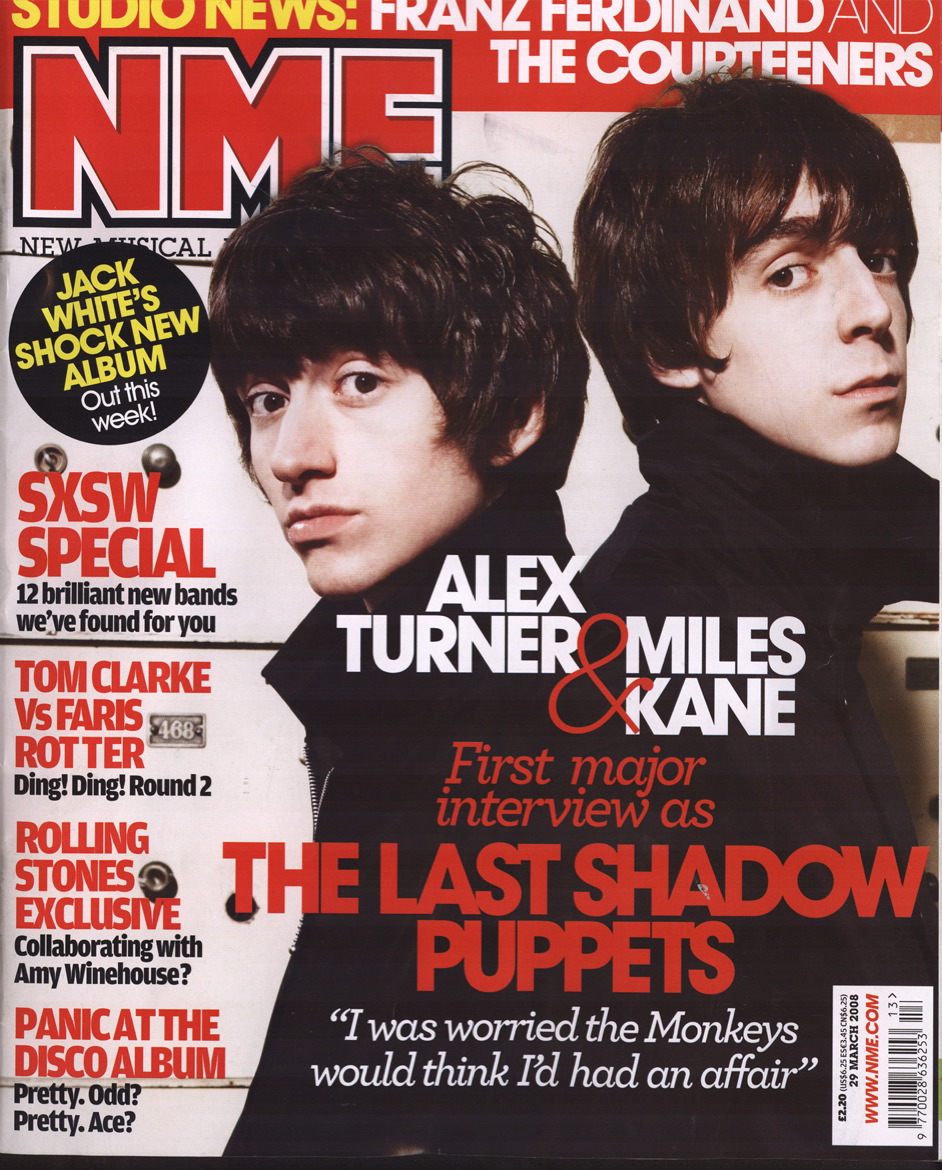
Here i am going to analyse my second contents page for my research on music magazines.
The main outstanding features of this contents page is the main presented image of a recent band 'The Courteeners' and the masthead. The masthead is placed at the very top of the page and is a completely different colour to the rest of the page which sections it off from all the information, allowing it to stand out. The main image is an aspirational image for the audience, and the camera angle which has been used is a medium long shot, which allows the reader to see all of the band members and not just a section of them, it also allows the reader get a clear idea of what through their appearance. The page carries a particular colour scheme throughout it, which is the commonly used through all of the 'Q' magazines, which is white, red and black, the black usually being used as a background for the writing so it stands out to the reader. Placed down the left hand side of the page is the contents, which includes features, a special, and monthly regulars. The contents have been placed down the left hand side because this is the first place where you look when reading due to reading from left to right. The main subtitles for the contents are in a larger font, with a red background, so that you can tell what parts of the text are the titles. The 'Special' subtitle in the contents information is in a gold coloured font, the colour gold is associated with wealth and good quality, which is why it has been used for a special part of the magazine, to symbolise the good quality of the information within the special articles. The layout of the contents page is very simple and is the same as the majority of the other contents pages published by 'Q', they have done this so that those who read the magazine are familiar with the layout and can get straight onto reading what they want to know rather than having to familiarise their selves with the layout of the page.
The target audience for this magazine would be generall students, younger people around the ages of 18-30 who like the music which is within the magazine. Generally, magazines of this price would be aimed at those of a middle/higher class because people who have a high economic spending power have the spare money which can be spent on luxury items such as magazine containing quality music, just like this magazine. The magazine also looks very sophiscated which reflects the target audience again because of how much they have spent on the magazine, they expect the audience to also be sophiscated so the style has been created to benefit and reflect the target audience. The main image represents the genre because of the bands indie style, and they would be expected to producing music of a similiar genre which ties the two together. No editorial is contained within the contents page, which could suggest it is on a different page to show the importance and again quality of the written articles.
Overall, the contents page all fits together and represents it's target audience, but more colours could have been added to brighten up the page or certain techiniques could have been used to make particular things on the page stand out.


